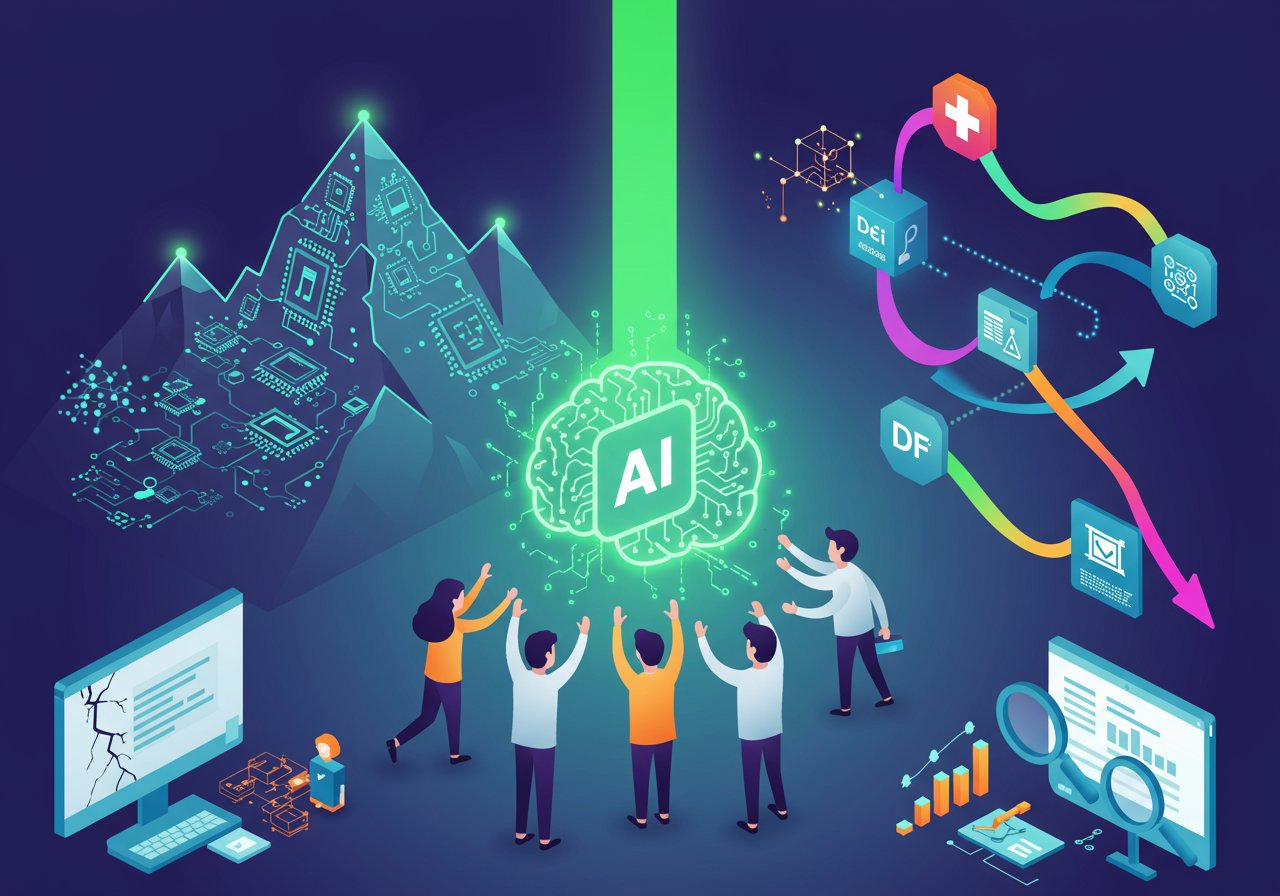
The Dawn of Transparent AI: Switzerland’s Open-Source LLM
The world of Artificial Intelligence is undergoing a seismic shift. The release of an open-source Large Language Model (LLM) from ETH Zurich and EPFL, supported by Switzerland’s carbon-neutral Alps supercomputer, promises a new era of transparency and accessibility. Unlike proprietary models, this initiative embraces a fully public approach, providing researchers and developers with the tools to scrutinize, adapt, and build upon the foundational AI. This is a significant departure from the closed-off nature of many leading LLMs, and it could reshape the future of AI research, particularly within the Web3 space.
Openness by Design: A Contrast to Black Box AI
The core principle of this Swiss LLM is open-weight architecture. This means all parameters, the underlying code, and the datasets used in training are accessible to the public under an Apache 2.0 license. This open-source approach allows for complete auditability and promotes a collaborative environment. This stands in stark contrast to “black box” systems like GPT-4, where users only interact through APIs, limiting insights into their operations. This lack of transparency is problematic for Web3, where trust and verifiability are paramount.
Key Features and Specifications
The Swiss LLM is available in two configurations: an 8 billion and a 70 billion parameter version. It was trained on a massive dataset of 15 trillion tokens, making it adaptable to over 1,500 languages. This multilingual focus challenges the dominance of English-centric models. Moreover, the project utilizes the cutting-edge Alps supercomputer, powered by renewable energy, underlining a commitment to both scale and sustainability.
Implications for Web3 and Blockchain
The open nature of this LLM unlocks exciting possibilities for Web3. Its design has the potential to enable on-chain inference, tokenized data marketplaces, and secure integrations with Decentralized Finance (DeFi) tools. For example, developers can utilize these models inside rollup sequencers, facilitating real-time smart contract summarization or fraud detection. Furthermore, the transparent dataset allows for the creation of tokenized data marketplaces, where contributors can be rewarded for their efforts. The fully open weights allow for deterministic outputs that can be verified by oracles, reducing the risk of manipulation in DeFi applications.
Navigating the Challenges
While the potential is vast, open-source LLMs are not without challenges. Performance might not match the top-tier closed-source models, and integration can be complex. Resource intensity for training and inference requires significant computing power. Open ecosystems also carry security risks, from supply-chain threats to IP ambiguities. These challenges must be carefully considered and addressed for successful adoption.
The Future of Open AI
This open-source LLM from Switzerland, backed by its commitment to transparency, multilingual capabilities, and green infrastructure, presents a compelling alternative in the rapidly evolving AI landscape. It is designed to comply with regulations like the EU AI Act, offering a compliance edge for developers. As the AI market expands, with blockchain-AI poised for substantial growth, projects like this Swiss LLM could play a crucial role in building a more open, accessible, and equitable future for AI.


